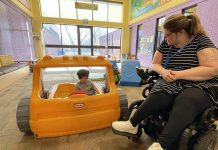
The sounds you hear in a hospital tell a story. Sometimes it’s a painful story; sometimes, a joyful one. They are sounds full of emotion, and full of the essence of what it means to be human. From the cries of birth, to the very end, the hospital is a hub for humanity.
At Peterborough Regional Health Centre (PRHC), new lives are welcomed in Labour and Delivery — a bright, spacious area that welcomes, on average, four women in labour each day.
Lisa Killen manages Labour and Delivery. She sees women each day, arriving on the unit, full of trepidation and a healthy mix of fear and excitement. Each meets a nurse who gathers up their concerns and excitement into a manageable package. Even if it’s her first child, usually, it’s not a woman’s first time to Labour and Delivery; she will have come for an assessment for blood pressure or a non-stress test for the baby prior to her labour, or she will have toured the unit.
Now, though, with baby ready to meet the world, it’s time to settle in.
“We have lots of windows to make the space very bright,” Killen explains, gesturing to the large windows with views of the city. “It’s a warm, friendly atmosphere in Labour and Delivery.”
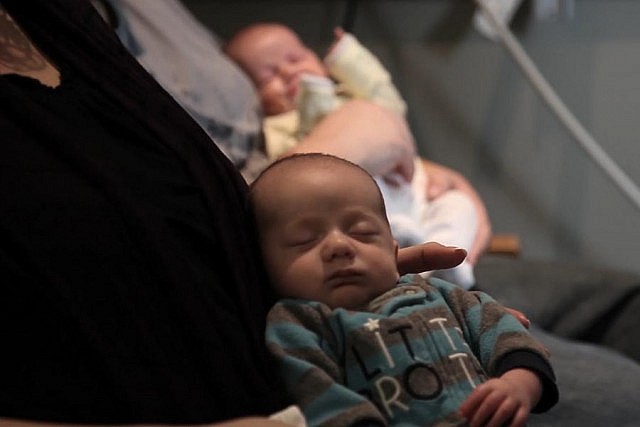
Killen touches the bed, explaining that women are encouraged to find comfortable ways to give birth. There are spa tubs and showers to provide comfort for women in labour; there are also beds and oversized chairs for family and friends.
“We try to focus as much as we can on the whole experience,” Killen says. “It’s about the labouring woman, but it’s also about her support network.”
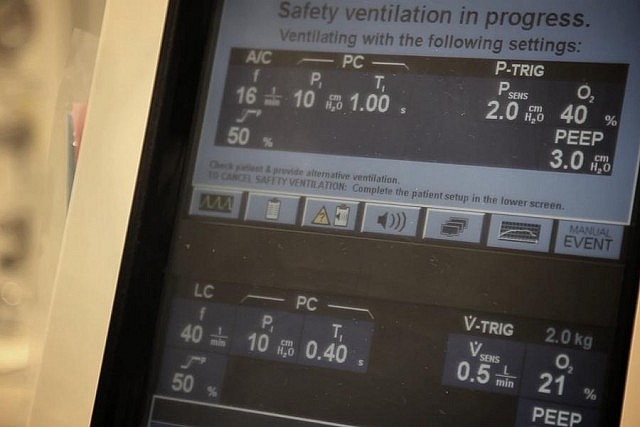
The geography of Labour and Delivery reflects the seamless nature of care. For the occasions when a Caesarean section is necessary, the operative birthing room is right next to the regular birthing rooms. There is no need to travel to another floor of the hospital. And after delivery, if a baby needs extra help, the Neonatal Intensive Care Unit (NICU) is close at hand.
That happens more frequently than most people think, Killen says. On average, there are seven to nine babies in the NICU at any given time; sometimes, there are more than a dozen. Even the best prepared labouring mother can have an urgent situation that requires extra care. It could be that the umbilical cord is compressed during delivery, and the baby needs a little extra help at birth. Or it could be shoulder dystocia, which is rarer but can still happen in an otherwise healthy birth.
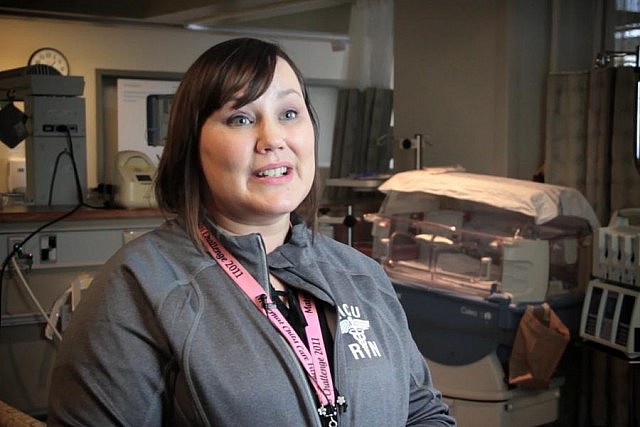
New moms who experience these urgencies at PRHC have the comfort of knowing the pediatrician, the respiratory therapist, the specialized nurse are right there.
They also are comforted to know that even the isolettes (newborn bassinettes) in the regular birthing rooms have warmers above them to provide the necessary heat for a newborn if necessary. And that other specialized equipment is close at hand.
“Research has shown us that, especially in Labour and Delivery, close contact between newborns and their mothers is important,” Killen explains. “Beyond that, this is the beginning of a new life: we want it to be as comfortable and joyful as it can be.”
Birthing beds, tubs, showers, newborn isolettes with over-bed warmers — the equipment in the NICU all provides women with choice and options, families with comfort and assurance, and babies with not just the best medical care, but also the nurturing that research shows makes such a difference to a new life.
Last year, 1,630 babies were born at PRHC. That number is up significantly from three years ago as the hospital took a regional approach to Labour and Delivery. Now, women from a far wider area give birth in Peterborough.
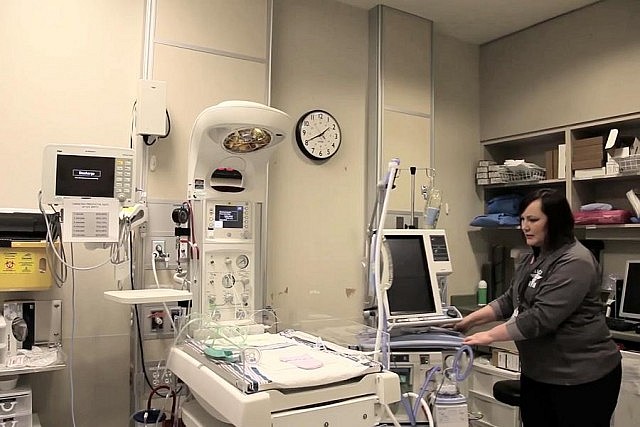
As well, the hospital has achieved a care designation that allows it to look after babies born prematurely; in the past, these women would have had to travel to a better-equipped centre to ensure their premature infant received appropriate care. Now babies that are born up to eight weeks early are delivered at PRHC, and cared for in the NICU.
If they have significant trouble breathing, they may need assistance, and even those babies can be cared for in the NICU at PRHC for the first 24 hours, allowing mom to recover and be close to her newborn.
“None of this would be possible without the help of generous donors,” Killen says, gesturing to the specialized equipment that saves the lives of newborns regularly.
This equipment includes waterless milk warmers that safely heat breast milk to the optimal temperature, a second ventilator (particularly helpful when premature twins are born), a vein-viewer that helps nurses start IVs on tiny preemies (it’s also used for children on the pediatric unit), and IV pumps that allow tiny babies to receive proper nutrition.
“We have such caring and skilful people in Labour and Delivery and the Neonatal Intensive Care Unit,” Killen says. “But we couldn’t do what we do without the equipment that makes it possible.”
This holiday season, consider making a donation to the PRHC Foundation and help fund the $1.4 million in new equipment needed to care for our community’s smallest and most vulnerable patients. Your donation may be the most important gift babies and their families ever receive. For more details, please visit the PRHC Foundation website at www.prhcfoundation.ca or call 705-876-5000 today.




